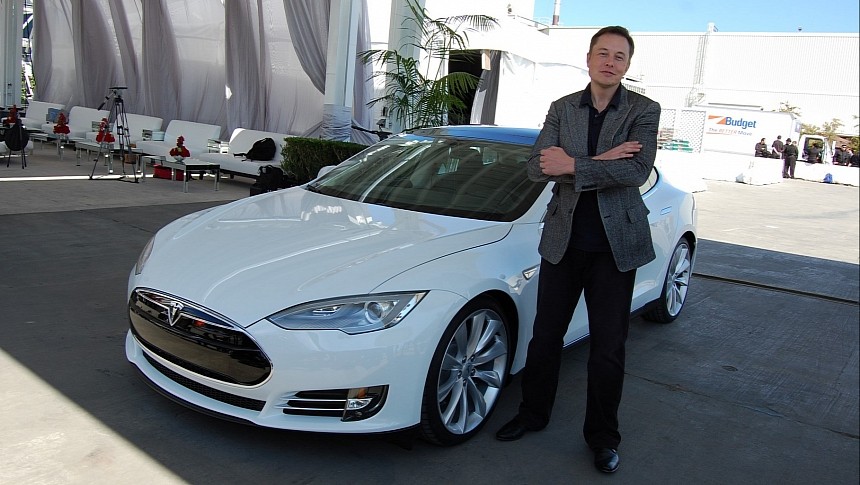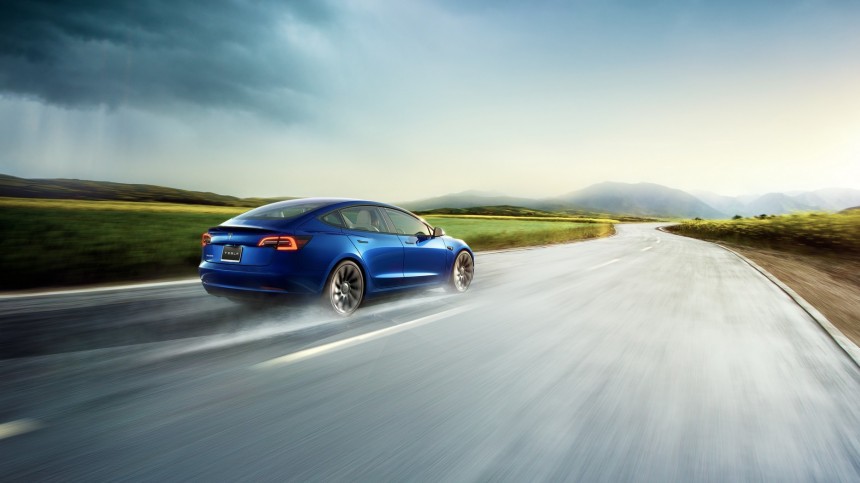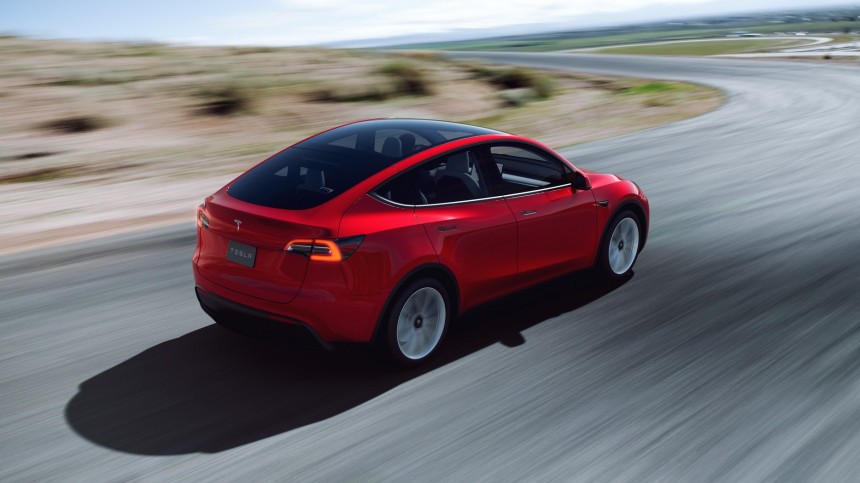In February 2021, Edmunds warned customers all Tesla vehicles it tested failed to deliver the EPA ranges they had. Tesla complained about the testing method, so Edmunds did it again. The results were still disappointing. In January, the Korea Fair Trade Commission (KFTC) fined Tesla for exaggerating the range of its cars. Reuters investigated that and discovered damning things about the BEV maker. Besides rigging the range dashboard readouts in its vehicles, it also created a team to cancel range complaints.
The BEV maker started overpromising and underdelivering how much its cars could run on a full charge pretty early – when it only sold the Roadster and the Model S. According to Reuters sources, Tesla wrote an algorithm that would show "rosy" range projections. When the battery pack reached 50% of charge, the readouts would drop drastically until they became more realistic. To avoid issues, the BEV maker created a safety buffering that allowed its vehicles to drive for about 15 miles (24 km) after the computer disclosed that they had no more charge left.
Although Reuters could not determine if that practice stopped or not, there are strong signs it is still in place. Recurrent collected data in more than 8,000 units of Tesla vehicles made in 2022 and 2023. The BEV analytics company discovered that the dashboard readouts did not present range variations when the weather was cold or too hot, something that other vehicles do to give their drivers a more accurate perspective of how much they can still drive. Tesla vehicles almost always calculated their ranges based on EPA numbers, showing figures that were equivalent to 90% of that alleged capacity – which is also under suspicion.
Before Edmunds, Car and Driver had already investigated why Tesla's official range numbers were much better than what the cars presented in real life. The magazine clarified that there are two methods for establishing their EPA numbers: a standard testing method with two cycles and an optional one – with five cycles – that allows the carmaker to have a more generous adjustment factor and present better figures. As I have explained in a previous story, that prevents the fair comparison that standard testing procedures are supposed to provide.
Another element that puts EPA numbers for debate is that it is not the agency that tests the vehicles and makes the calculations. Automakers do them and inform EPA about the results. The agency sometimes performs audits and orders carmakers to correct their numbers. Predictably, Tesla had to reduce its numbers by around 3%. The 2021 Model Y Long Range AWD had to lower its official range by 5.15%.
To add insult to injury, Reuters discovered that Tesla created a team to cancel appointments related to range issues. At first, the BEV maker realized it could solve many problems remotely, which led it to create a new service division dedicated to this remote assistance. The people who work there have an interesting job title: "Virtual Service Advisor." Reuters found one of them on LinkedIn, and this employee said one of his tasks was to "divert customers who do not require in-person service."
Last summer, Tesla created a new division in that team dedicated to range complaints. It was called the "Diversion Team." A supervisor bought a metallophone that the employees would hit every time they managed to make customers cancel an appointment. The target was to cancel about 750 complaints per week. The diligent team more than doubled that, achieving 2,000 cancelations per week.
Reuters reports that, at first, these advisors would remotely verify the cars to check if they had anything wrong. When defects were dismissed, they would try to cancel the appointments. Later in 2022, supervisors trying to speed up cancelations told advisors just to drop remote checks. In other words, people were convinced not to take their cars to Tesla Service Centers regardless of really having a problem or just being unhappy with the company's rigging of their range numbers. Reuters sources said that thousands of customers experienced that: they were told there was nothing wrong with their cars without any proper evaluation.
The office in Las Vegas stopped handling these cases recently, moving them to a Utah office. Reuters could not discover why the change was made. It asked Tesla about that, but the company did not answer. Regardless, the company still has a Diversion Team working on dismissing appointments related to range. Advisors were told they were saving Tesla $1,000 for each client they convinced to avoid taking their cars to a service center.
Reuters talked to one of them. Alexandre Ponsin was one of the customers who did not allow the advisors to cancel his appointment. He was pretty disappointed with the range his used 2021 Model 3 delivered, much lower than the 353 miles a fully charged battery pack should provide. His visit to a Tesla Service Center took ten minutes, and the car was not physically inspected. The frustrated customer talked to other Tesla owners and concluded his vehicle was "within specs." Although Ponsin still loves his BEV, he thinks the company should have "tempered" his expectations about the car. After reading Reuters' story, he may have stronger words to define the whole situation.
Although Reuters could not determine if that practice stopped or not, there are strong signs it is still in place. Recurrent collected data in more than 8,000 units of Tesla vehicles made in 2022 and 2023. The BEV analytics company discovered that the dashboard readouts did not present range variations when the weather was cold or too hot, something that other vehicles do to give their drivers a more accurate perspective of how much they can still drive. Tesla vehicles almost always calculated their ranges based on EPA numbers, showing figures that were equivalent to 90% of that alleged capacity – which is also under suspicion.
Before Edmunds, Car and Driver had already investigated why Tesla's official range numbers were much better than what the cars presented in real life. The magazine clarified that there are two methods for establishing their EPA numbers: a standard testing method with two cycles and an optional one – with five cycles – that allows the carmaker to have a more generous adjustment factor and present better figures. As I have explained in a previous story, that prevents the fair comparison that standard testing procedures are supposed to provide.
To add insult to injury, Reuters discovered that Tesla created a team to cancel appointments related to range issues. At first, the BEV maker realized it could solve many problems remotely, which led it to create a new service division dedicated to this remote assistance. The people who work there have an interesting job title: "Virtual Service Advisor." Reuters found one of them on LinkedIn, and this employee said one of his tasks was to "divert customers who do not require in-person service."
Last summer, Tesla created a new division in that team dedicated to range complaints. It was called the "Diversion Team." A supervisor bought a metallophone that the employees would hit every time they managed to make customers cancel an appointment. The target was to cancel about 750 complaints per week. The diligent team more than doubled that, achieving 2,000 cancelations per week.
The office in Las Vegas stopped handling these cases recently, moving them to a Utah office. Reuters could not discover why the change was made. It asked Tesla about that, but the company did not answer. Regardless, the company still has a Diversion Team working on dismissing appointments related to range. Advisors were told they were saving Tesla $1,000 for each client they convinced to avoid taking their cars to a service center.
Reuters talked to one of them. Alexandre Ponsin was one of the customers who did not allow the advisors to cancel his appointment. He was pretty disappointed with the range his used 2021 Model 3 delivered, much lower than the 353 miles a fully charged battery pack should provide. His visit to a Tesla Service Center took ten minutes, and the car was not physically inspected. The frustrated customer talked to other Tesla owners and concluded his vehicle was "within specs." Although Ponsin still loves his BEV, he thinks the company should have "tempered" his expectations about the car. After reading Reuters' story, he may have stronger words to define the whole situation.









































































